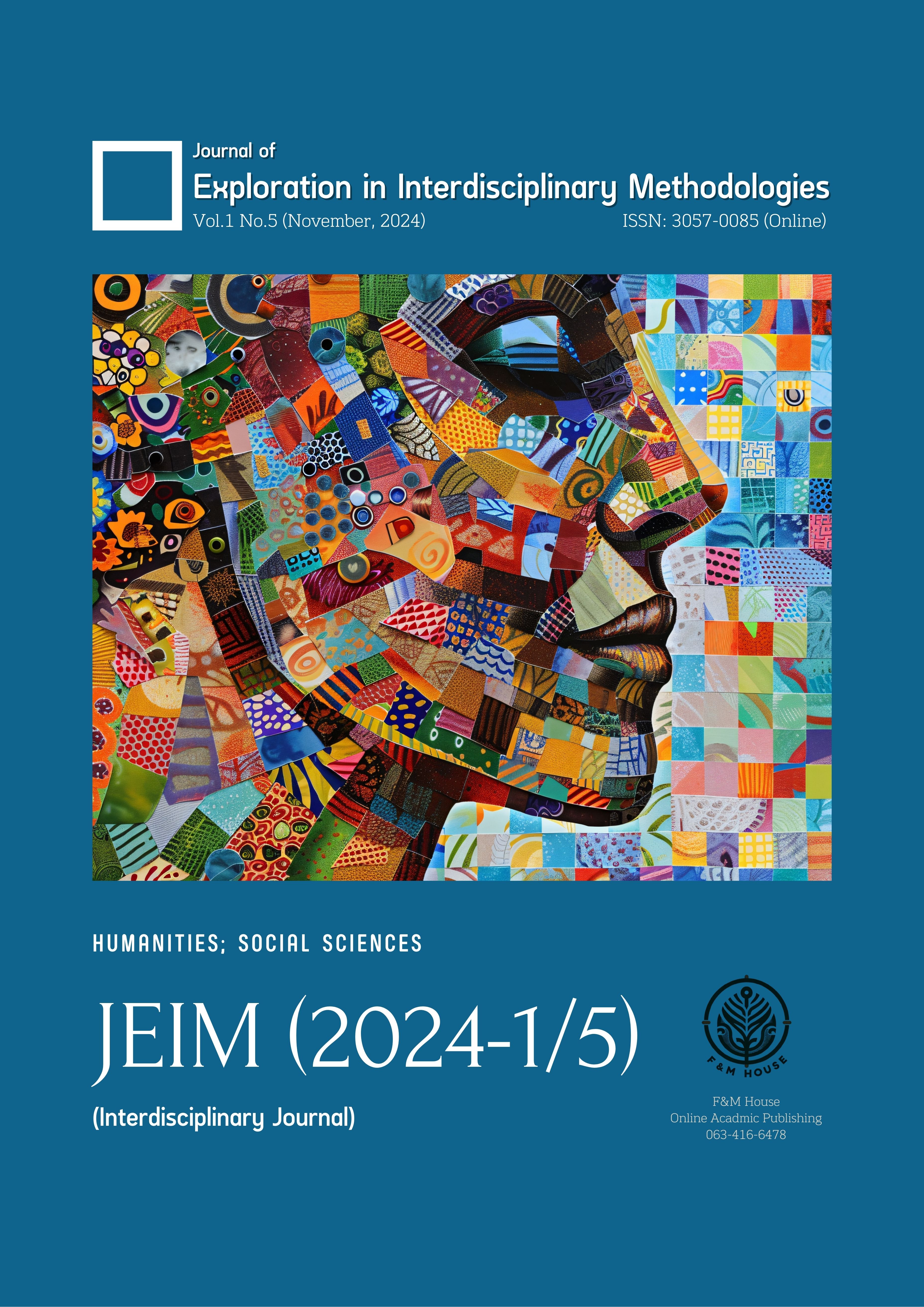The Evolution of Thai Folklore and Oral Traditions: Preserving Narratives in a Modernized Society
คำสำคัญ:
Thai folklore, oral traditions, modernization, cultural preservation, digital storytellingบทคัดย่อ
This paper examines the evolution of Thai folklore and oral traditions, focusing on the impact of modernization on the preservation of cultural narratives. Thai folklore, encompassing myths, legends, and moral tales, serves as a vital repository of cultural identity, expressing the values, beliefs, and historical experiences of Thai communities. As modernization advances, traditional narratives face challenges due to the influence of technology, globalization, and shifts in audience engagement. Younger generations, influenced by digital media, are gradually moving away from traditional storytelling, raising concerns about cultural continuity. However, modernization also offers opportunities for revitalizing these traditions. Digital platforms, educational integration, and community initiatives provide new pathways for documenting and sharing folklore, ensuring its relevance and accessibility in contemporary society. By analyzing how Thai folklore adapts to changing contexts, this research underscores the resilience of cultural narratives and highlights the importance of safeguarding intangible heritage. The findings suggest that a balanced approach, combining preservation and adaptation, is essential for maintaining the cultural significance of Thai folklore amidst modern influences.
เอกสารอ้างอิง
Aier, W., & Koshy, A. (2024). Poetic Mongsen: History, culture, and language. Language in India, 24(3), 32–35. Retrieved from www.languageinindia.com
Chall, L. P. (2004). Sociological abstracts. Retrieved from http://books.google.com/books?id=EIDZAAAAMAAJ
Coren, E., & Wang, H. (2024). Storytelling to accelerate climate solutions. Springer Nature Switzerland AG. https://doi.org/10.1007/978-3-031-54790-4
Das, J., & Patel, A. B. (2021). Art of puppetry: Exploring its intangible and tangible heritage and musealization. Heritage: Journal of Multidisciplinary Studies, 9, 650–661. Retrieved from http://www.heritageuniversityofkerala.com/JournalPDF/Volume9/40.pdf
De Veritch, V. (2015). Convergent realities: Magical visions of social truths and humanity’s flaws in Miguel Méndez’s The Dream of Santa María de las Piedras. Retrieved from https://www.semanticscholar.org/paper/5390d7a4a2b20261839a448376eed7084614f269
Kosonen, K., & Young, C. (2009). Mother tongue as bridge language of instruction. Retrieved from http://books.google.com/books?id=ITAqAQAAIAAJ
Kuroda, K. (2020). Folk dance-dramas as hybrid culture in the Thai-Malay border region: Nora, Makyung, and Mek Melung. Kansai Gaidai University Repository, (42). Retrieved from https://core.ac.uk/download/pdf/401892801.pdf
Mei, J. (2016). Functions of oral history from inheritor of intangible cultural heritage in cultural heritage protection. Retrieved from https://www.semanticscholar.org/paper/89c26232e023a8391f26758ce4b36ce486ed7221
Ngô, T. T. Q., & Lương, T. P. (2023). The importance of fairy tales in communication, education, and cultural preservation. International Journal of Social Science and Humanities Research, 6(10), 5904–5910. Retrieved from http://ijsshr.in/v6i10/Doc/14.pd
Qin, Y., & Jin, L. (2023). A study of Dai-Thai food and cultural views: A perspective on Dai-Thai rice-planting proverbs. Francis Academic Press, 6(13), 22–27. Retrieved from https://www.francis-press.com/uploads/papers/eFXM0hrV2whw2rQKHI1jceYXrdgGp04Ukpy66tGs.pdf
Sarrang, P., & Sangiamvibool, A. (2024). Tracing evolution, cultural significance, and impact of modernization on Hastilinga funeral art. Pakistan Journal of Life and Social Sciences, 22(2), 790–805. https://doi.org/10.57239/PJLSS-2024-22.2.0057
Seitel, P. (2001). Safeguarding traditional cultures. Retrieved from http://books.google.com/books?id=LJ6DQgAACAAJ
Sorpobdee, W., Chaibutra, N., Phoolaiyao, K., Lunsamrong, N., & Pimkere, C. (2024). Story type and factors to adjust story of Lanna oral Buddhist literature: Chiang Mai Province, Thailand. Siksha O Anusandhan, 2(1), 1–5. https://doi.org/10.5281/zenodo.13832789
Tang, Y., Kotchapakdee, P., & Phuchomsri, S. (2024). Development and characteristics of Jiangxi folk dance in contemporary China. Pakistan Journal of Life and Social Sciences, 22(2), 1920–1930. https://doi.org/10.57239/PJLSS-2024-22.2.00135
UNESCO. (2021). The International Year of Indigenous Languages. UNESCO Publishing. Retrieved from http://books.google.com/books?id=_BpPEAAAQBAJ







